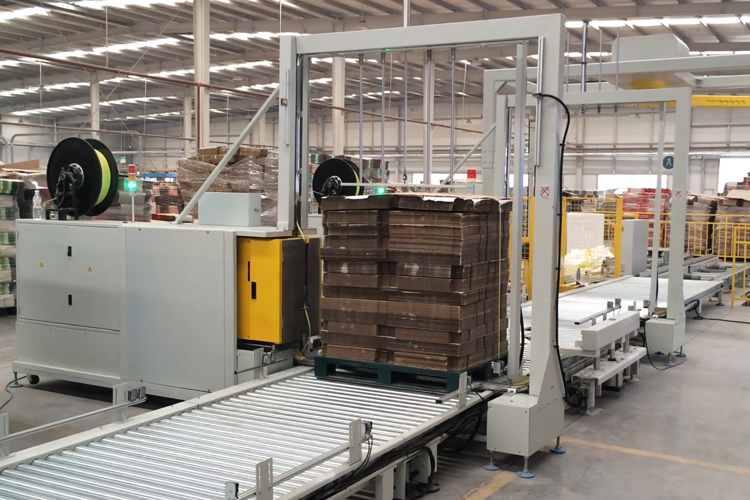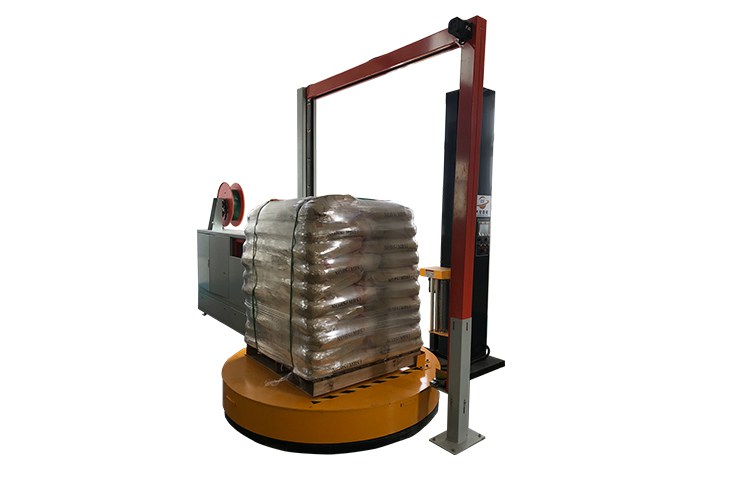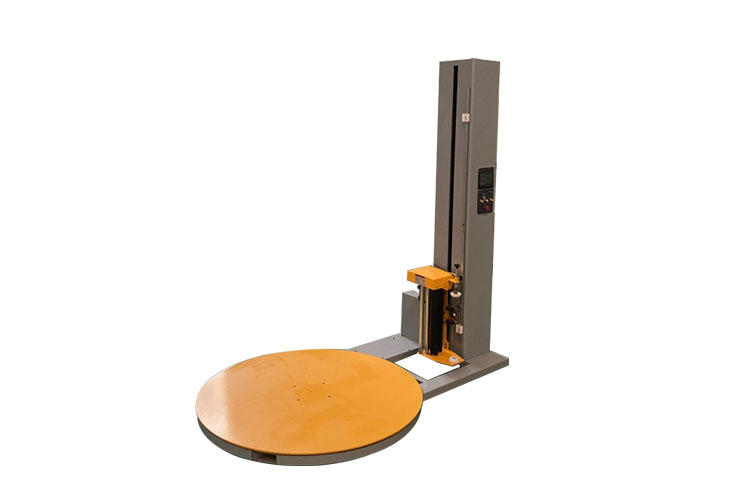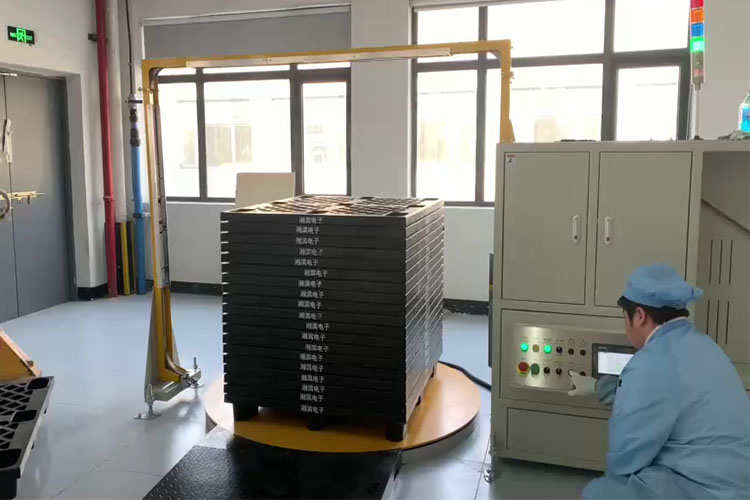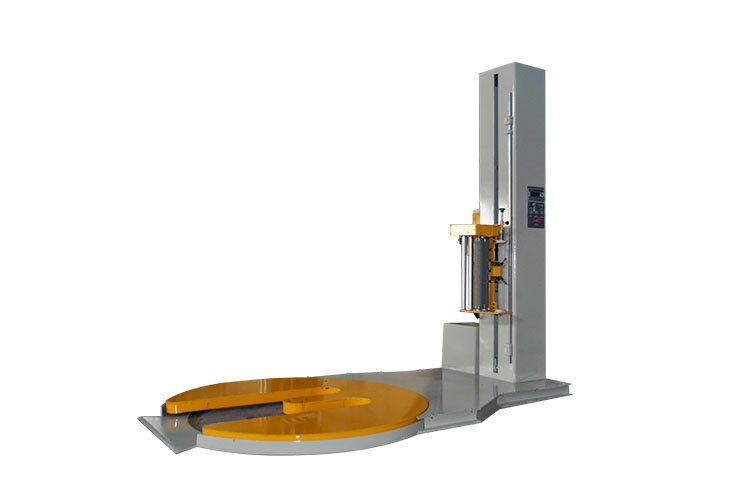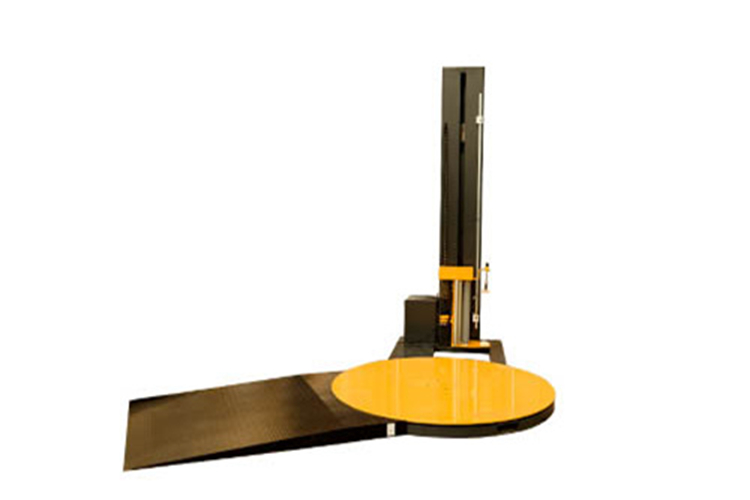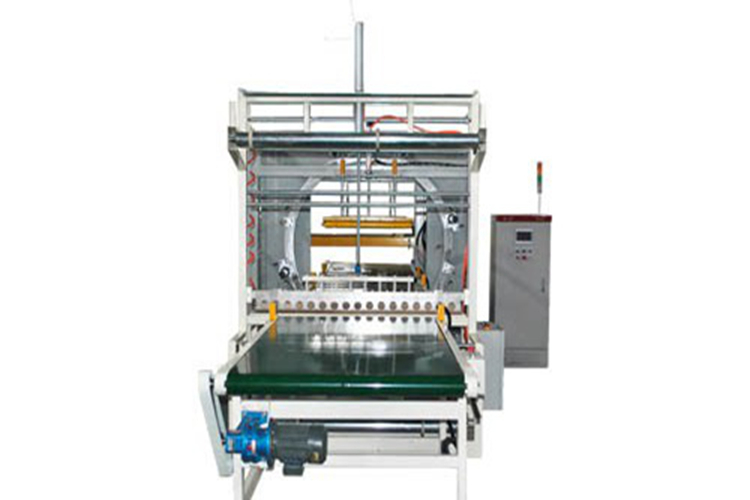Four major advantages of online winding machines help enterprises build high-speed automated packaging production lines.
Date: 2025-07-10Id:290Views:
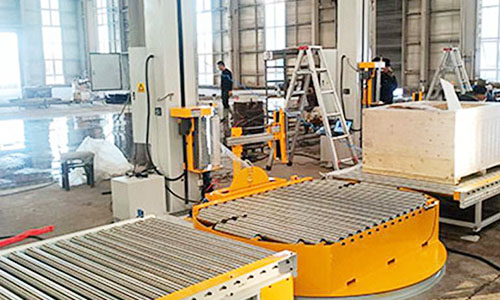
In high-frequency shipping industries such as food, electrical appliances, beverages, building materials, and e-commerce logistics, production and palletizing have largely been automated, but the wrapping and packaging process still relies on manual operation or independent equipment. This often disrupts the high-speed output rhythm of the production line - goods need to be manually transported to the wrapping area, wait for packaging to be completed, and then return. The process is fragmented, time-consuming, and requires a large amount of labor, seriously affecting the shipping efficiency. The in-line wrapping machine is an automated packaging equipment specifically designed to solve this key bottleneck. It has a series of advantages such as seamless connection with the production line, synchronized wrapping rhythm, and automatic operation.
Advantage 1: Seamless connection with the conveyor line, wrapping rhythm fully synchronized with the production line
The in-line wrapping machine can be seamlessly connected to the automatic conveyor line, achieving automatic pallet positioning, automatic sensing, automatic wrapping, and automatic output. The entire process does not require manual intervention. The equipment can set parameters such as the number of wrapping layers, tension, and height of the film frame. Combined with the PLC control system and induction photoelectric, it ensures precise wrapping rhythm and stable alignment with the shipping rhythm. Even if the production line is continuously running and pallets are continuously leaving the warehouse, the in-line wrapping machine can efficiently connect without causing pile-ups or speed drops. It is one of the core links in building an automated shipping channel.
Advantage 2: Automatic film cutting and smoothing + expandable strapping/covering, enabling unattended operation
Unlike traditional equipment, the in-line wrapping machine is equipped with automatic film cutting and smoothing functions. After packaging is completed, the system automatically cuts the film and fixes the film head on the pallet, ensuring standard, neat, and aesthetically pleasing packaging. At the same time, it can be expanded with functions such as strapping, top covering, scanning and binding, and weighing and printing to create an "wrapping + strapping + information collection" integrated shipping packaging workstation. The equipment operates without the need for an operator to watch over it, making it suitable for building unmanned intelligent warehousing packaging areas.
Advantage 3: Double the efficiency, save labor, and make shipping easier
After using the in-line wrapping machine, enterprises can eliminate all steps of manual pallet transportation, manual wrapping, and manual machine monitoring. Not only does it save 23 packaging workers, but it also increases the packaging efficiency several times over. It is particularly suitable for factories or warehouse distribution centers with daily pallet shipments exceeding 100 and tight schedules and frequent shifts. Combined with the automatic pallet loading and unloading system and scanning and binding functions, it can also improve the efficiency of picking and shipping matching, achieving "rhythm standardization" and "data transparency" in the packaging process.
Advantage 4: Customizable structure, suitable for high-intensity operations in multiple industries and scenarios
The in-line wrapping machine offers various structural styles, including turntable type, swing arm type, and cantilever type, suitable for different space layouts and pallet structures. The entire machine can be customized according to needs for pallet size range, cargo height, equipment height, film frame specifications, and wrapping rhythm parameters, meeting the diverse packaging needs from light food pallets to heavy building materials. It is widely used in industries such as beverages, chemicals, electronics, daily necessities, e-commerce, electrical appliances, and warehousing logistics, especially in scenarios such as automatic production lines, logistics sorting centers, and the shipping end of high-rise warehouses.
Related


